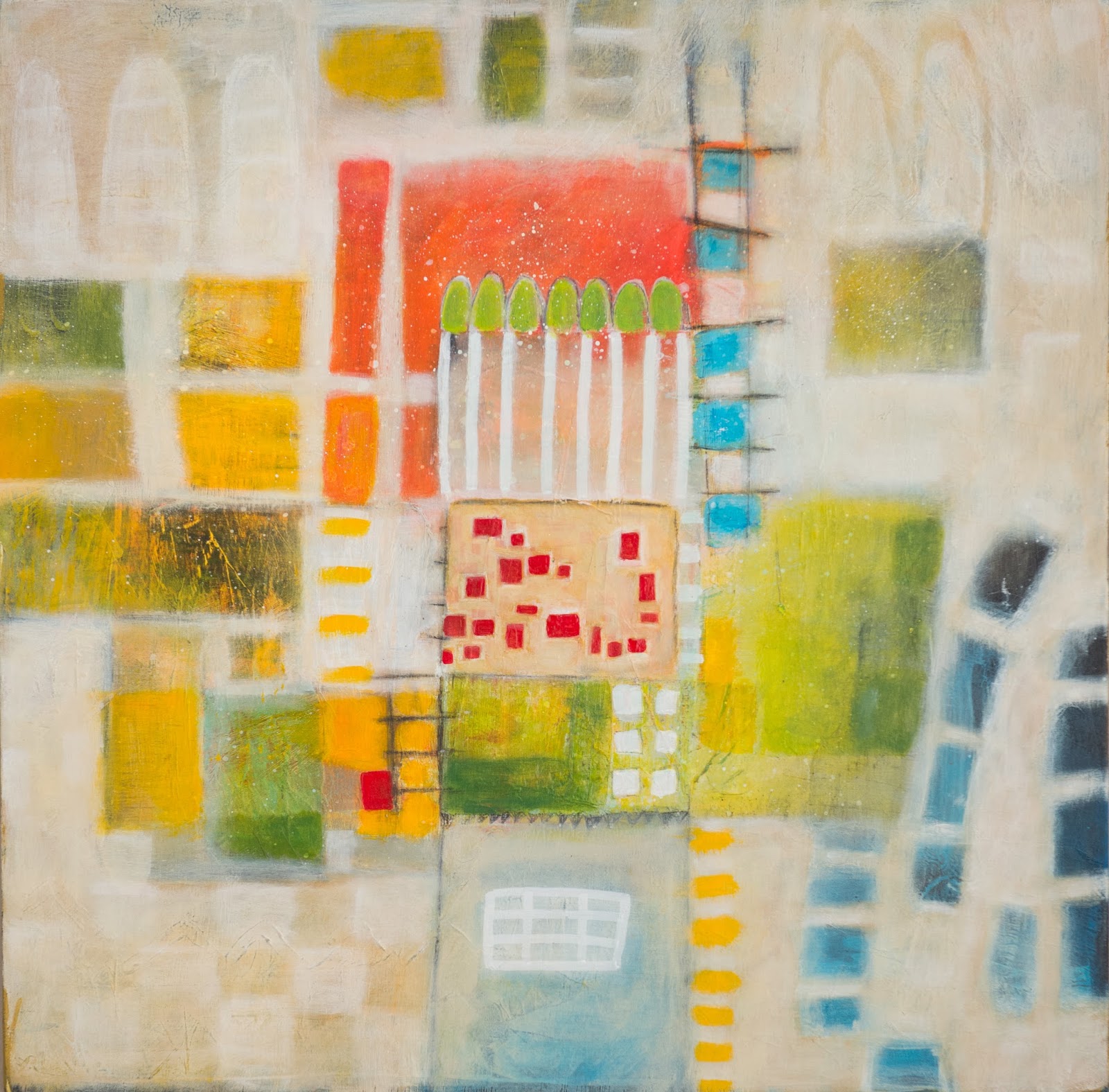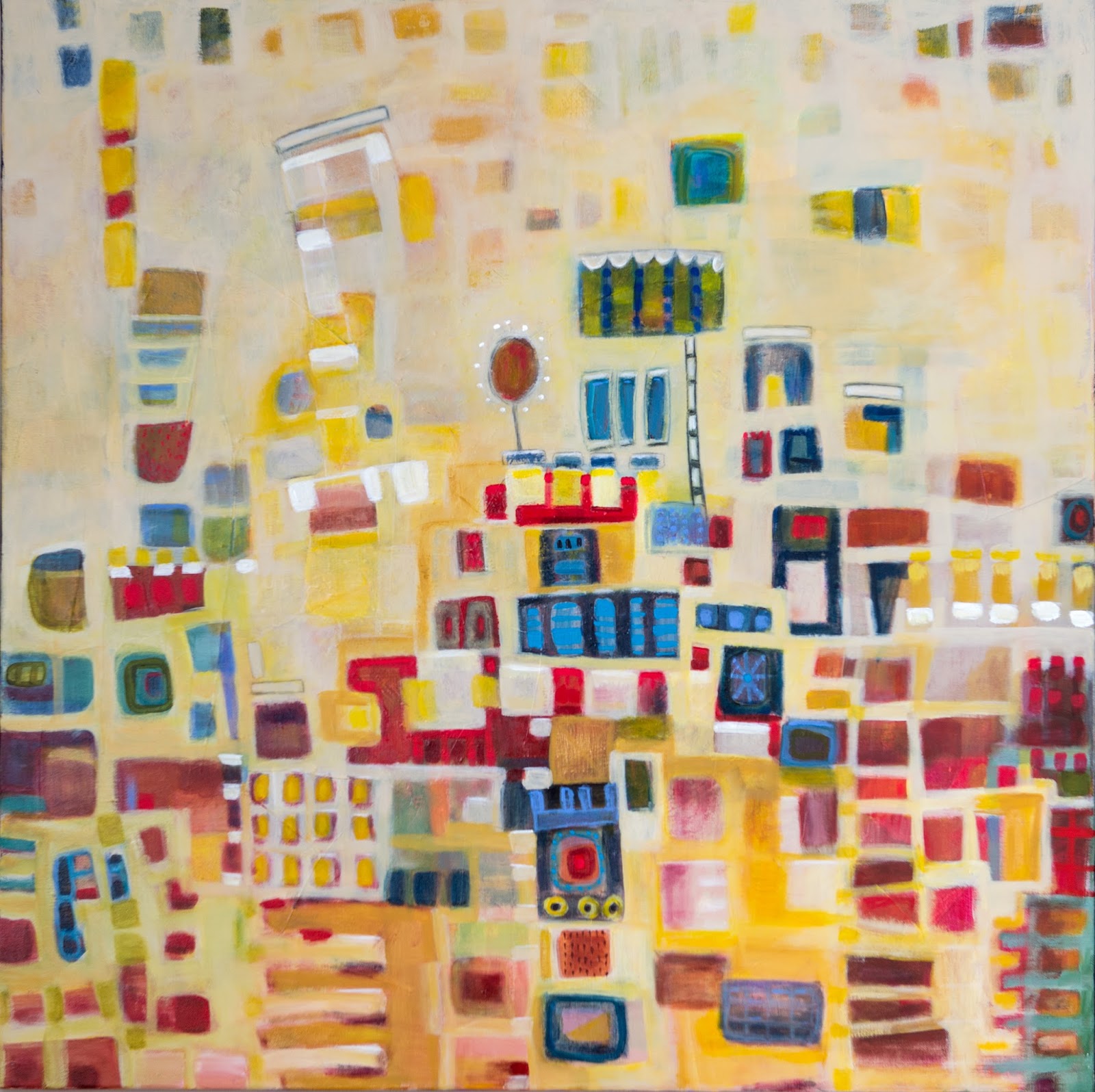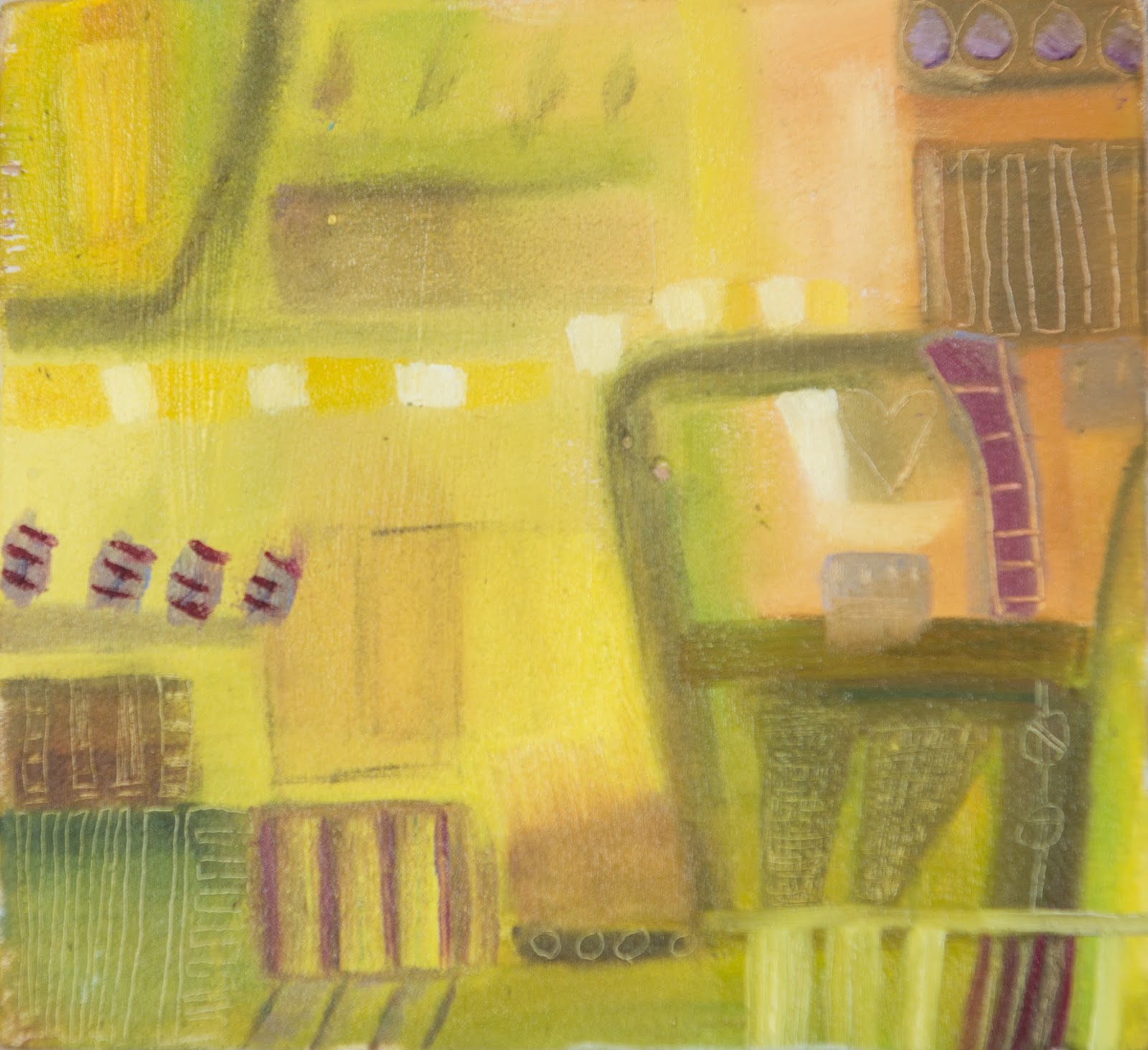Currier Art - Exploring Leather Craft And Museum Wonders
When you hear the word "currier," your thoughts might just zip to someone delivering packages, but there's a whole different kind of meaning that's pretty interesting, actually. This word, you see, points to a special kind of craftsperson, someone who works with leather, making it ready for all sorts of things we use every day. It's a bit like a hidden skill, one that shapes materials into something useful and lovely.
This craft involves a lot of careful steps after the animal hide has been made into leather, transforming it from a raw material into something truly adaptable and pleasing to the touch, you know. Think about how a piece of leather might feel, how it moves, or the way its color seems to settle deep within its surface; a lot of that comes from the hands of a currier. They put in the effort to give the leather its final character.
And then, surprisingly, the word "currier" also pops up in a completely different spot, far from any workshop filled with leather, in a place where beautiful creations are kept for everyone to enjoy. It's a place where you can see paintings and other artistic pieces, some by truly well-known artists, which just goes to show how words can sometimes have more than one story to tell, so.
- Country Bands Of The 90s
- Cree Cicchino Ethnicity
- %D8%B9%D8%A7%D8%A8%D8%B1%D8%A8%D8%A7%D9%86%DA%A9 %D9%85%D9%87%D8%B1 %D8%A7%DB%8C%D8%B1%D8%A7%D9%86
- Meg Ryan Boyfriend
- Valerie Name Bola%C3%B1o
Table of Contents
- What is a Currier, Really?
- The Art of Leather Finishing - Currier Art in Practice
- How Does a Currier Make Leather So Special?
- From Raw Hide to Refined Piece - Currier Art Techniques
- Currier vs. Courier - Why Does the Distinction Matter?
- What Can You Discover at the Currier Museum of Art?
- Famous Names and Frank Lloyd Wright - Currier Art on Display
- Exploring the Collections - Currier Art and Beyond
What is a Currier, Really?
When someone talks about a "currier," they are referring to a skilled individual whose work involves leather, you know. This person comes into the process after the animal hide has gone through its initial tanning. Tanning, for instance, makes the hide stable, keeping it from spoiling. But after that, the leather isn't quite ready for everyday use. It still needs a lot of attention to become the material we recognize and appreciate. The currier steps in at this point, bringing their particular set of skills to the table, in a way.
The job of a currier is to take that tanned piece of leather and transform it further, making it suitable for various items, from shoes to bags to furniture coverings. This isn't just a simple task; it involves several steps, each one adding something important to the leather's final feel and look. They are, in essence, the finishers of leather, the ones who give it its character and lasting qualities. Their work is a very old craft, with roots stretching back a long time, as a matter of fact.
The word "currier" itself has a bit of history to it, too. It comes from an older French word, "corier," which traces back even further to the Latin word "coriārius." This Latin term means "a tanner," and that comes from "corium," which simply means "leather." So, the name itself tells a story of someone deeply connected to the leather trade, someone who prepares leather for its many uses, basically.
- Male Actors With Brown Eyes
- The Real Project X
- Project X True Story Corey Delaney
- Project X Movie Real Story
- Country Groups From The 90s
The Art of Leather Finishing - Currier Art in Practice
The work a currier does could be seen as a kind of art form, really, a practical art that makes a material both beautiful and useful. They take a tanned hide and apply different techniques to make it strong, so it can withstand wear and tear. They also work to make it flexible, allowing it to bend and move without cracking, which is pretty important for things like shoes or clothing. This flexibility makes leather comfortable and adaptable to many shapes, you see.
Part of this craft, this "currier art," involves what's called "dressing" the leather. This step might include rubbing in special oils or greases. These substances help to make the leather soft and pliable, preventing it from drying out and becoming stiff. It's a bit like conditioning your hair, but for leather, giving it a healthy feel and appearance. This attention to detail is what makes a significant difference in the final product, naturally.
Then there's the "finishing" part of the process, which is where the leather gets its surface qualities. This can involve smoothing the surface, perhaps pressing it to create a particular texture, or even buffing it to a shine. The goal here is to give the leather a pleasing look and feel, making it ready for whatever item it will become. It's about bringing out the best in the material, in some respects.
How Does a Currier Make Leather So Special?
Beyond making leather strong and flexible, a currier also handles the coloring. This is where the leather gets its hue, whether it's a deep brown, a vibrant red, or a classic black. They use various methods to apply color, ensuring it sinks deep into the material rather than just sitting on the surface. This makes the color lasting and less likely to fade or rub off with use, you know. It's a careful process that requires a good eye for color and an understanding of how the leather will take the dye.
Another technique a currier might use is stretching the leather. This helps to smooth out any wrinkles or uneven spots that might be present after the tanning process. Stretching also helps to give the leather a consistent thickness and texture across its entire surface. It's about preparing the material so it can be cut and shaped easily by whoever will use it next, perhaps a shoemaker or a bag maker, for example.
Sometimes, they might even bleach the leather, especially if a lighter color or a very clean, even base is desired before applying other colors. This step helps to remove any natural discoloration or marks, making the leather a blank canvas, so to speak, for further treatments. All these steps work together to make the leather ready for its next life, ready to be turned into something useful and attractive, usually.
From Raw Hide to Refined Piece - Currier Art Techniques
The currier's work is a series of transformations, taking something quite raw and making it refined. After the initial tanning, which stops decay, the leather is still quite stiff and not very appealing for most purposes. The currier's first job is to soften it up, which might involve soaking it in special solutions or working it by hand or machine. This initial softening is pretty important for everything that comes next, you see.
Then comes the process of "stuffing" or "fat-liquoring," which involves introducing oils and fats back into the leather fibers. This is what gives leather its characteristic feel – that supple, almost buttery touch. Without this step, the leather would be brittle and prone to cracking. It's a bit like moisturizing dry skin; it restores life and flexibility to the material, making it pleasant to handle, basically.
Finally, the currier applies surface finishes. This could be anything from buffing to create a smooth, shiny look, to pressing patterns onto the surface for texture. They might also apply protective coatings to make the leather more resistant to water or stains. This last stage is where the currier truly leaves their mark, giving the leather its final appearance and preparing it for its journey into the world as a finished product, so.
Currier vs. Courier - Why Does the Distinction Matter?
It's pretty easy to mix up "currier" and "courier" because they sound so much alike, you know. But they mean two completely different things, and it's good to keep them separate. A "currier," as we've talked about, is someone who works with leather, taking it through its final stages of preparation after it's been tanned. Their work is all about craftsmanship and transforming a material, you see.
A "courier," on the other hand, is a messenger. This is someone whose job is to deliver documents, packages, or goods from one place to another. Think of the people who bring your online orders to your door, or the services that quickly move important papers across a city. That's a courier. They are focused on speed and getting things from point A to point B, which is a very different kind of work, as a matter of fact.
The confusion between the two words is understandable, given their similar sounds. However, knowing the difference helps us appreciate the very specific skills and roles each word represents. One is about shaping and refining a physical material, while the other is about moving things quickly. It's a bit like the difference between a baker and a delivery driver for a bakery; both are important, but their jobs are quite distinct, typically.
What Can You Discover at the Currier Museum of Art?
Shifting gears completely, the name "Currier" also belongs to a wonderful place dedicated to art, the Currier Museum of Art. This museum is located in Manchester, New Hampshire, and it's a spot where you can spend hours enjoying various artistic creations. It's a place that collects and displays art for everyone to come and see, offering a quiet space for reflection and appreciation, too it's almost.
The museum houses a collection that spans different periods and styles, offering visitors a chance to see a wide range of artistic expressions. From paintings to sculptures, the works here tell stories and present different ways of seeing the world. It's a real treat for anyone who enjoys looking at beautiful things and thinking about what they mean, or just enjoying the colors and shapes, you know.
It's interesting how the name "Currier" connects to both a specific craftsperson and a place for art. This museum, while bearing the name, doesn't specifically focus on leather art, but rather on a broader collection of fine art. It just goes to show how names can have multiple lives and meanings, sometimes pointing to very different things, so.
Famous Names and Frank Lloyd Wright - Currier Art on Display
At the Currier Museum of Art, you can find works by some truly well-known artists, which is pretty exciting. For instance, the museum has pieces by Pablo Picasso, an artist famous for his groundbreaking approaches to painting and sculpture. Seeing his work up close can give you a real sense of his artistic journey and his impact on modern art, you know.
You might also come across paintings by Claude Monet, a leading figure in the Impressionist movement. His works often capture the fleeting effects of light and atmosphere, like his famous water lilies. Standing before one of his paintings can feel like stepping into a peaceful, light-filled garden, which is quite an experience, as a matter of fact.
The museum also features art by Georgia O'Keeffe, known for her close-up paintings of flowers, New York skyscrapers, and New Mexico landscapes. Her unique style and way of seeing the world are quite captivating. And then there's Edward Hopper, an American painter celebrated for his realistic depictions of modern American life, often showing quiet moments or scenes of solitude. His paintings can feel very reflective, sometimes.
Perhaps one of the most unique aspects of the Currier Museum is that it's home to two houses designed by the celebrated architect Frank Lloyd Wright. These are not just models or drawings; they are actual homes that visitors can tour. This provides a really special opportunity to experience Wright's architectural ideas firsthand, stepping into the spaces he created and seeing how his designs connect with the natural surroundings, which is pretty cool, honestly.
Exploring the Collections - Currier Art and Beyond
Beyond the famous names, the Currier Museum's collection offers a wide array of other artistic expressions. You'll find pieces from various periods and cultures, allowing you to trace the development of art through time. This broad scope means there's something there for almost everyone, no matter what your personal preferences might be when it comes to art, you know.
The museum often arranges its displays in ways that invite you to think about connections between different works, or to see how artists respond to their own times. It's not just about looking at individual pieces; it's about seeing the bigger picture of human creativity. You might discover a new artist you really like, or a style you hadn't considered before, which is pretty much the best part of visiting a museum, so.
Whether you're interested in the fine details of a painting, the form of a sculpture, or the way a building shapes space, the Currier Museum provides a rich setting for discovery. It's a place where you can learn a lot about art and perhaps even about yourself, through the different perspectives offered by the artists. It’s a wonderful resource for the community and anyone who visits, typically.
- Eddie Kaye Thomas Young
- Shocker Candy
- Simpson Lawyers
- Population Of Iran 2025
- Kathleen Marie Mclaughlin

katie currier art

katie currier art

katie currier art